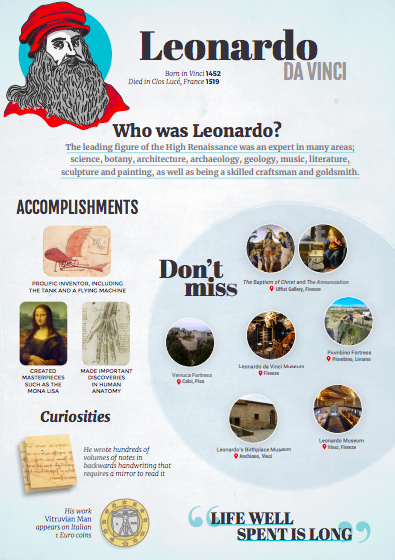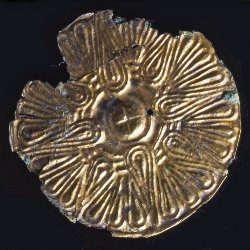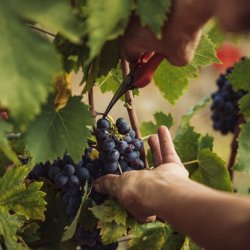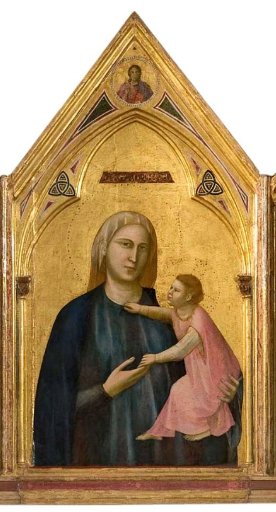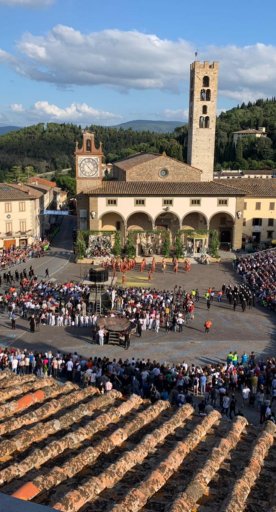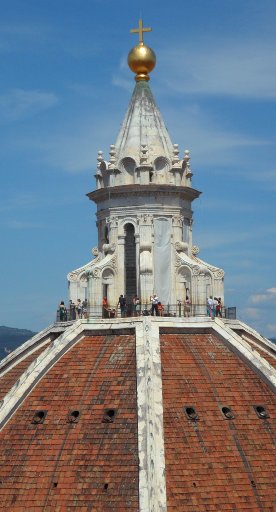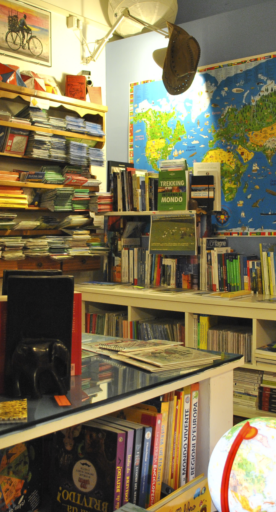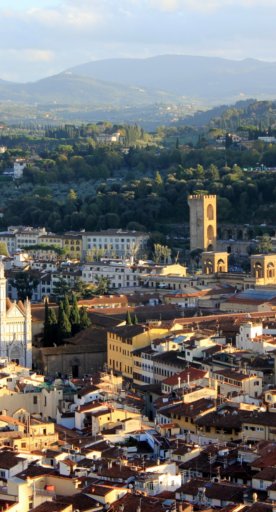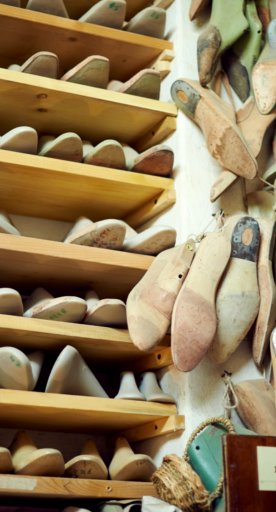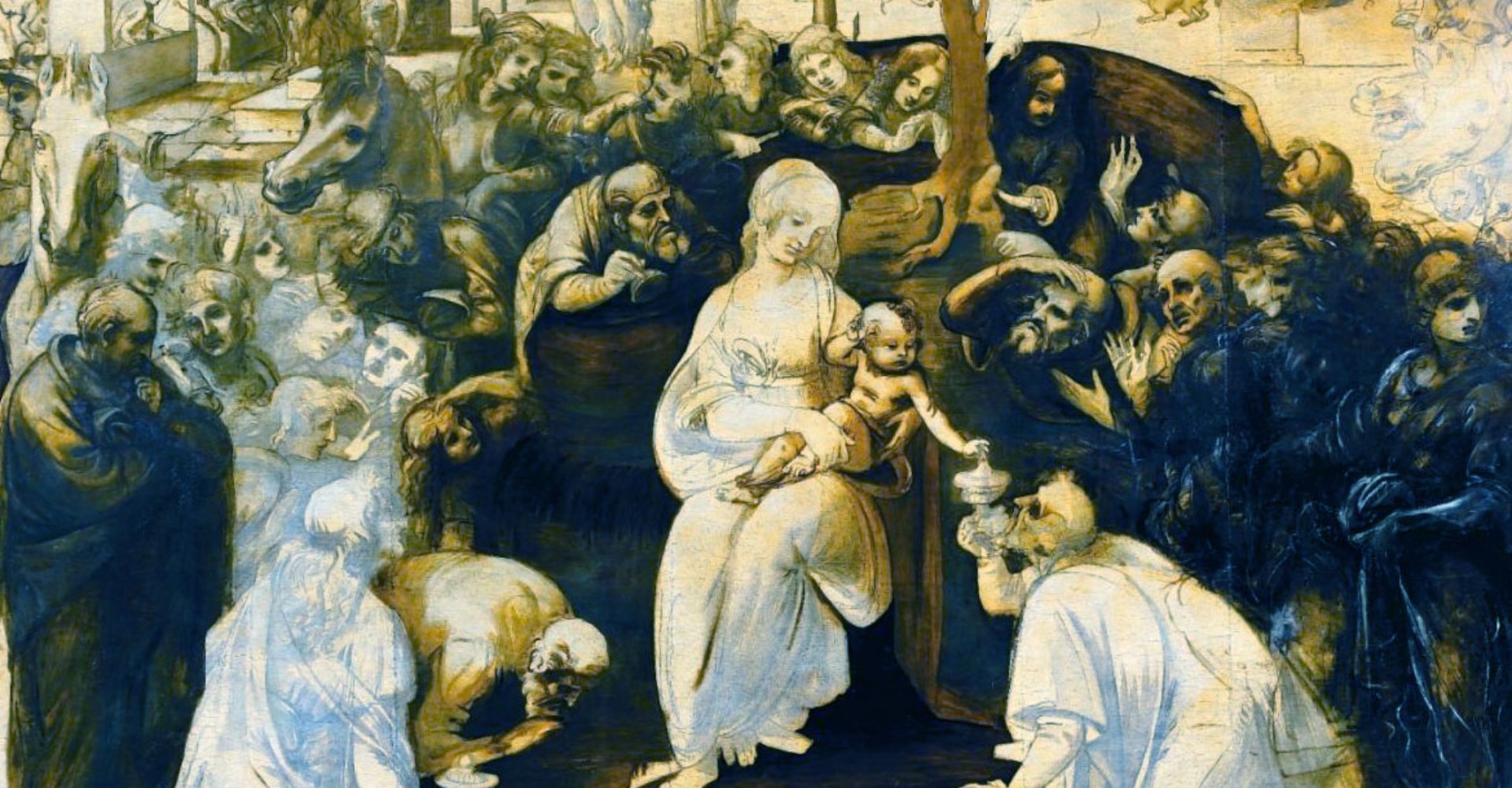
Leonardo da Vinci: life, facts, curiosities and art
The embodiment of the Renaissance man is from Vinci, in Tuscany
Leonardo da Vinci is one of the most famous artists in the world, along with fellow Tuscan Michelangelo. Both men are considered High Renaissance artists, the period that follows the early Renaissance and represents a culmination of artistic achievement. Leonardo was much more than a painter: in modern terms we might define him an architect, designer, inventor, scientist, engineer… or more simply, a "Renaissance Man". Let’s learn about Leonardo’s life and his most important works of art.
-
1.Leonardo: life and art
-
2.Where to see paintings by Leonardo in Tuscany
-
3.Visiting the places of Leonardo in Tuscany
Leonardo: life and art

Leonardo was born on April 15, 1452 in Anchiano, close to Vinci, on the southern slopes of Montalbano in an area covered by vineyards and olive groves. An illegitimate child from a secret relationship between a lawyer called Piero da Vinci and a woman called Caterina, he was raised by his paternal family. Once in Florence, the young boy was sent to “a bottega” – to apprentice in the workshop of Andrea del Verrocchio, painter but also sculptor and metalworker/goldsmith. We know that he was active as a painter in his own right in Florence by 1472 and that he worked there for about ten years, but few works survive. There are numerous drawings that attest to this period.
In 1483, Leonardo moved to Milan, presenting himself to the Sforza rulers as a man with experience in military engineering, mentioning being able to paint as little more than a post script. His most famous work from this time is the Last Supper at Santa Maria delle Grazie in Milan, a wall painting made with a technique that is not pure fresco and so suffered conservation problems right from the start.
Leonardo returned to Florence in 1499 until 1508, during which time he painted the Mona Lisa, now in Paris. Later he lived and worked again in Milan, then in Rome, and finally in France, near Amboise, for the French King. He died there in 1519.
Where to see paintings by Leonardo in Tuscany
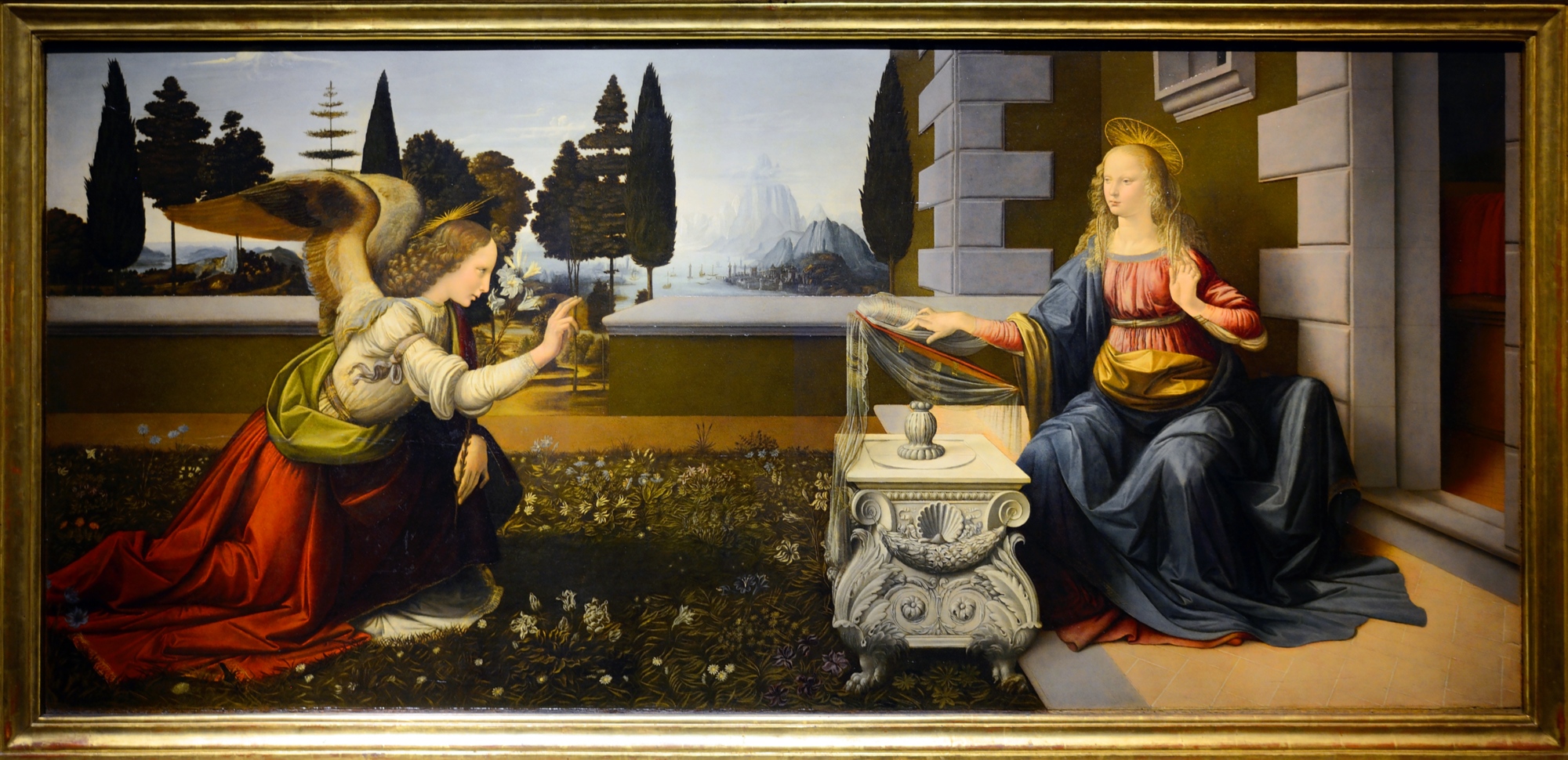
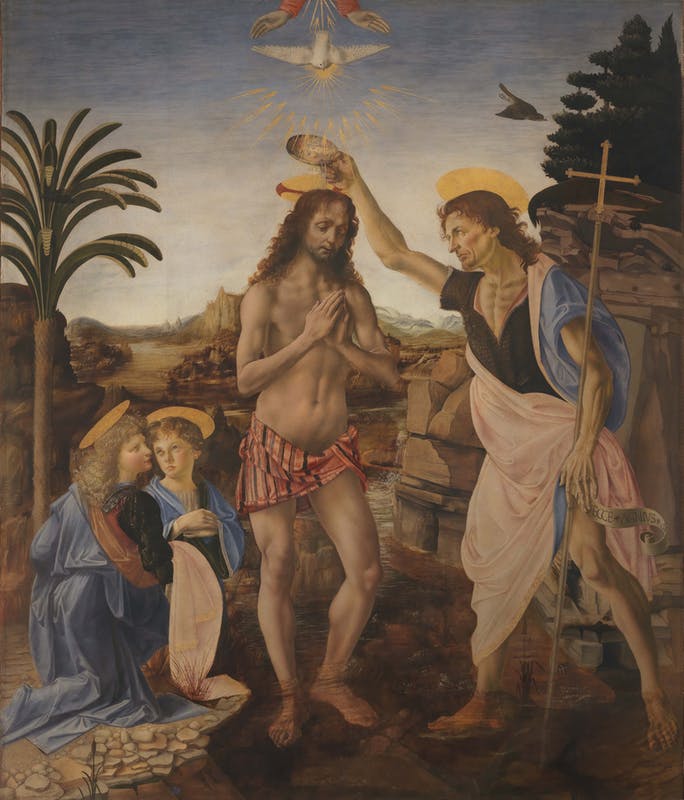
There are not a lot of paintings or drawings by Leonardo to see in Florence and Tuscany, but you can get to know Leonardo through visiting many places in the region that are related to or inspired him. Nonetheless, we do have some of his masterpieces:
At the Uffizi Gallery, a room named for Leonardo has been built around the unfinished Adoration of the Magi, which has recently been restored, revealing more information in the background than was previously visible. The oil painting was commissioned by the monks of San Donato a Scopeto in 1481. It depicts the the Virgin Mary holding the Baby Jesus, surrounded by the Magi. The painting was left unfinished after Leonardo departed for Milan.
In the same room is the Annunciation, painted between 1472 and 1475 and depicting the encounter between the Virgin Mary and the Archangel Gabriel. This work breaks stylistically with others of the same subject matter that show the event taking place indoors; this allows Leonardo to display his ability in rendering landscape with his characteristic sfumato, or smokiness, being how he interpreted what is called “atmospheric perspective.”
Next to these two masterpieces is a painting of the Baptism of Christ (from the church of the Vallombrosan monastery of San Salvi in Florence) by Andrea del Verrocchio with two angels in the foreground, one of which is by Leonardo. Can you guess which one? Vasari recounts that the young student so skillfully painted the angel on the left that his master was upset.
Visiting the places of Leonardo in Tuscany
Leonardo fans can visit the artist’s hometown of Vinci – and the suburb in which he was born, Anchiano, where there is a small house-museum (the Casa Natale di Leonardo) with multimedia installations about him. A side note – many mistakenly call him “Da Vinci”, but he is properly referred to as Leonardo, his name, rather than by the town’s name, which is not actually his last name.
In Vinci, don’t miss the Museo Leonardiano, which displays a collection of models based on Leonardo’s designs for machines used in war, civil engineering, flight, optics, and the movement of water.
Outside of Florence, you can go for a hike on the hillside of Montececeri, in the municipality of Fiesole. Leonardo often walked here, observing animals and water. His observation of birds in these forests led him to develop his “flying machine”, a winged contraption to strap to a human. The inventor’s own Codex on the Flight of Birds recounts that he had his assistant Tommaso Masini test his flying machine here, launching off a high part of Montececeri. Accounts tell us that Masini managed to fly for about 1000 meters, landing at a lower point of the hill where, on the road that leads from Florence to Fiesole, a plaque recalls the episode.
Travelling along the coast, in Piombino, you can discover another important facet of Leonardo –that of military engineer, employed in projects for the defense of the city. His duties as an engineer led him also to Calci, near Pisa, where he worked on projects that were not always successful, such as the deviation of the river Arno, and the reinforcement of the Verruca fortresses. Additional ideas for a Leonardo-inspired itinerary in our region can be found in the pdf Leonardo in Tuscany.
